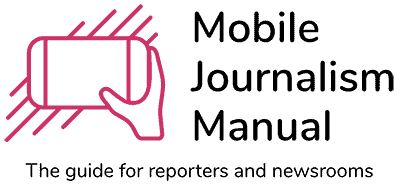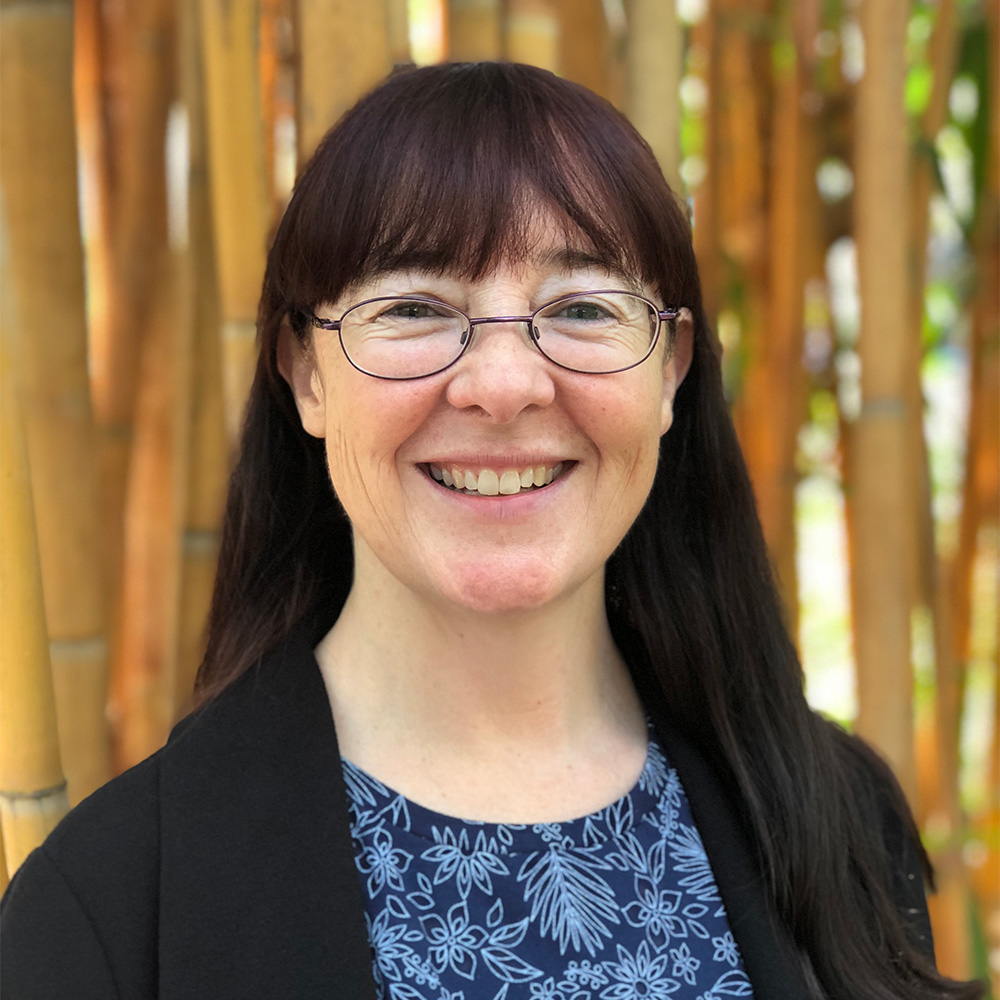Reasons to go live include:
- Breaking news
- The chance for your audience to ask questions of a journalist at the scene, or a high-profile guest
- Regular bulletin production without the cost of a TV studio
Live broadcasts can be challenging. Poor connectivity, audio lagging behind video, video glitches, and the ability to monitor questions and comments, can all ruin a good live show. You also need to be careful if the live content includes graphic violence or sensitive material, and include a warning in the description of your broadcast.
What Equipment Will I Need to Go Live?
- Your smartphone – with plenty of space so the live broadcast will save to your Camera Roll or Gallery
- A tripod, tripod mount and external microphone if you are able to work with a colleague
- Selfie stick if you are going live on your own
- An external clip microphone or hand-held microphone
- An external power bank to keep your smartphone charged throughout the broadcast
Apps and Software for Live Broadcasts
- Teradek makes equipment and apps for going live with a smartphone, so you can add pre-recorded video and other content to the show.
- Switcher Studio is an iOS-only app you can use to connect multiple smartphones and create a multi-camera broadcast. You can also add pre-recorded video inserts.
- Streamyard is a paid-for desktop tool for streaming live to multiple social platforms from the one device, including YouTube, Facebook, and LinkedIn.
- OBS is a free, open-source desktop tool for live-streaming. It can also be used to record, and is a great tool for outside broadcasts.
How Do I Produce a great Live Video?
- Work in pairs – one person behind the camera monitoring the recording and keeping you and your guests in focus, and one person doing the interviews and monitoring audience comments on a second phone.
- Prepare bullet point questions for your guests
- Unless it is breaking news, plan and rehearse your live. Where will you stand? Who will you interview? What will you show the audience?
- Decide how you will involve the audience. Ask for comments on an issue, or questions for an interviewee.
- Have some pre-planned things you can talk about or point to if your guest is late or runs out of things to say.
- Promote upcoming lives on your Facebook Page and on other social networks so your audience knows it’s happening.
- Do a private test broadcast first to check your internet connection.
- If sustaining a video live is difficult due to internet connectivity, consider an audio-only live instead.
- Know how to mute and block viewers who leave inappropriate or off-topic comments.
- Aim for a minimum broadcast of 7 minutes, to allow your audience to join and begin to interact.
- Set your broadcast to save to your Camera Roll so you can re-use the video later.
- Fully charge your phone and plug it into a battery pack if you have one.
This BBC Facebook Live has everything you need for a great live broadcast. There is a journalist behind the camera-phone filming, while the presenter does live interviews and has a second phone to monitor and respond to comments.
How to Go Live on Social Platforms
Most social platforms allow you to go live from a phone straight to your audience. These resources will help you make them look professional, and reach your target audience.
Facebook Live:
- Facebook – Guide to Driving Live Broadcast Engagement
- Facebook – Courses for Journalists
- Hubspot – How to use Facebook Live – The Ultimate Guide
Instagram Live:
- Later.Com – Instagram Live Step by Step Guide
- Hootsuite – Guide to Instagram Live
- Guide to one or more guests to an Instagram Live
- Guide to saving an Instagram Live to your Camera Roll


